How Engineers can Contribute to Alternative Proteins
By Hugh Irving, Jessica Wen @ 2023-05-15T19:28 (+14)
Cross-posted from the High Impact Engineers Resource Portal. You can view the most up-to-date version on the Portal.
Summary
The alternative protein industry aims to replace animal products with more sustainable and ethical alternatives due to concerns about the environment, animal welfare, antibiotic resistance and other factors. It offers nutritious and delicious alternatives to meat, potentially reducing the demand for animal products and promoting sustainable and ethical food systems.
Present research hasn’t come to a strong conclusion on whether availability of alternative proteins will reduce the demand for animal products, though research is sparse. Many of the technical challenges to the field appear to be tractable and engineers are in high demand.
If engineers are interested in alternative proteins, we recommend work on the following three categories:
- Plant-based products: The best established category, requiring industrial expertise for scaling up.
- Cultured meat: The most speculative category, requiring research and development expertise.
- Fermentation derived products: A category that is applying industrial experience in other industries to new products, requiring both industrial and research expertise.
There are many technical challenges faced by the industry, so there are many opportunities for engineers to contribute to high impact work.
Uncertainty
The content of this article is largely based on research by the Good Food Institute, various industry reports by McKinsey and BCG, and many academic research papers. We feel substantially confident in the information and recommendations in this article.
Cause area overview
Alternative protein refers to a rapidly growing category of food products that aim to replace animal-based products with alternatives that aim to be more sustainable and to reduce animal suffering. The development of alternative protein products is driven by concerns about the environmental impact of animal agriculture, ethical concerns about the treatment of animals and other considerations such as development of antibiotic resistance. By providing consumers with delicious and nutritious alternatives to meat and other animal-based products, alternative protein has the potential to reduce the demand for animal products. This would reduce the overall environmental impact of food production and promote more ethical and sustainable food systems.
The case for impact
Animal agriculture
The primary goals of increasing access to alternative proteins is to reduce the climate impact and ethical concerns associated with animal agriculture. Our world in data estimates that agriculture, forestry and land use directly produces 18.4% of global greenhouse gas emissions. Direct emissions from livestock being the largest direct contributor to this at 5.8% (see Climate Change). This is because livestock produce methane through their digestion, a potent greenhouse gas with 25 times the warming potential of equivalent amounts of CO2. When emissions from agricultural supply chains, feed stock growth, land use change and other factors are taken into account, global greenhouse gas emissions from animal-based foods are estimated to be twice those of plant-based foods. Research from a United Nations agency in 2013 found emissions from the animal agriculture supply chain could account for 14.5% of anthropogenic greenhouse gas emissions.
Animal agriculture raises serious ethical concerns, particularly as it has industrialised and faming has become more intensive. 80 billion livestock animals are slaughtered each year for meat. Over 90% of farmed animals globally are living in factory farms. Most of these experience extreme levels of suffering over the course of their lives due to intense confinement and the removal of body parts. Global meat production is experiencing rapid increase as nations industrialise. This suggests the number of farmed animals and intensity of their farming will increase without effective intervention.
Advantages of alternative proteins
Alternative proteins aim to provide delicious sources of protein while greatly reducing climate and ethical concerns. Plant-based meats, one of the alternative protein products discussed below, presently emits 30% to 90% less greenhouse gas than conventional meat per kilo. Another alternative protein product, cultivated meat, is projected to contribute much less to climate change than beef per kilo. Cultivated meat could contribute less to climate change less than most common meats if a large share of the energy is used in its production came from renewable sources.
Alternative protein products also generally carry much fewer ethical concerns than their animal product counterparts. Animals generally do not have to be farmed to produce alternative protein products. This limits ethical concerns of alternative protein products largely to those of agricultural labour practices and centralisation of wealth in large organisations, both of which are of similar concern in many types of food production.
An interesting consequence of these advantages is that our strategy in replacing animal products may be affected by values. For example, beef is the biggest contributor to emissions from animal agriculture, both in absolute and per kilo terms. If minimising climate change is our goal, then replacing beef consumption would be a priority. However, many billions more of chickens die per year and more death and suffering is required per kilo of poultry produced. If minimising animal suffering is our goal, then replacing chicken consumption, or consumption of other small and widely consumed animals, would be a priority.
Rationale for working on alternative protein
For this strategy of replacing animal product consumption with more ethical and sustainable alternatives to be effective, the availability of these alternatives must prompt a decline in animal product consumption. Early research on this topic is sparse and paints a mixed picture. Some research suggests that increasing availability of animal product alternatives prompts an uptake in their purchase, but does not reduce demand for animal meat. Other research points to limitations of present alternative protein products in their resemblance to their animal product counterparts and familiarity with alternative protein products as the primary factors preventing them from replacing meat consumption. As both the of these factors improve, this may prompt greater replacement of animal products with alternative proteins. Historical examples demonstrate how technological advances that present distinct advantages can reduce animal suffering: such as cars replacing the horse and buggy in the rich world and new rennet sources being adopted in cheesemaking.
For engineers to make have a positive impact through working in alternative proteins, it must also be the case that the technical challenges faced by the industry are tractable and an additional engineer working on these would have a positive impact in expectation. There are many technical challenges being faced by alternative protein companies across product types, but research indicates that significant progress expected in many of these areas. Engineers and other technical professionals are also in high demand in the alternative protein industry. Adding additional qualified engineers to the pool of candidates will increase labour supply and should result in more effective technical work in the industry.
Tälist's research-based impact calculator impact calculator provides interesting metrics on the impact of individuals working to replace various animal products.
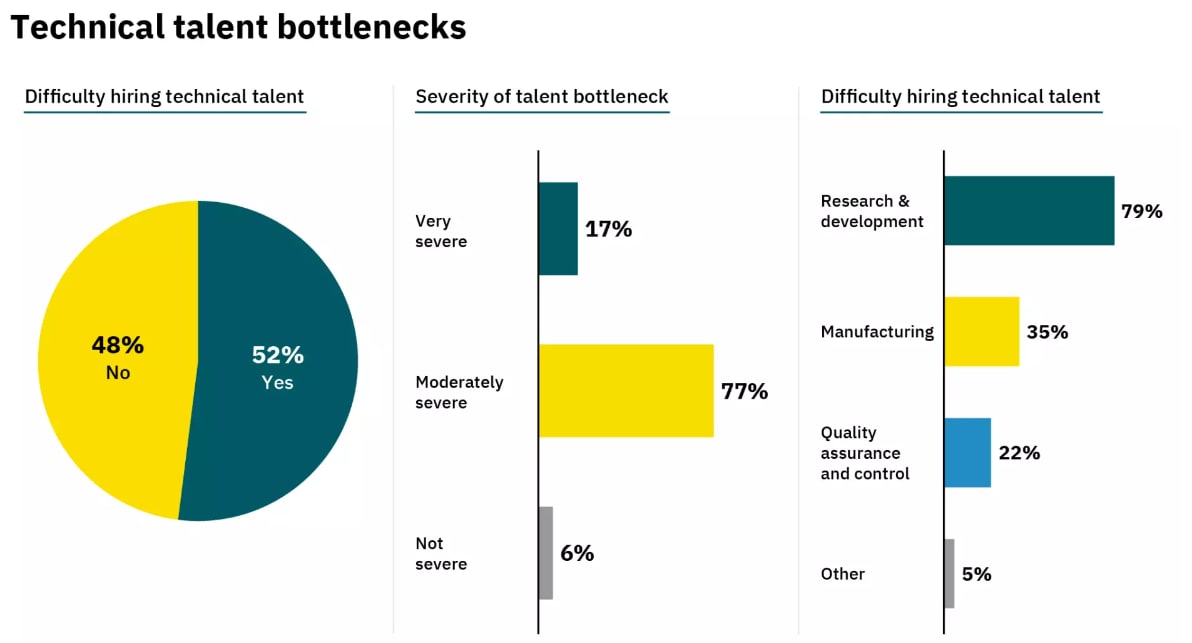
Figure 1: Good Food Institute survey of alternative protein startups (2022).
Compared to other high-impact areas that are explored in this resource portal, the alternative protein industry appears to have a significantly lower risk of inadvertently causing harm (e.g. through information hazards or dual-use technology, which are common in some areas of Biorisk and Biosecurity, for example). Therefore, pursuing work in the alternative protein industry may be considered a safer choice for engineers concerned about the potential negative consequences of their work.
Other benefits of replacing animal agriculture
Reducing the risk of zoonotic disease spread
- Zoonotic diseases are infections that can be transmitted between animals and humans, and they can cause serious illness or even death. Swine flu, bird flu, mad cow disease (BSE) and salmonella are all contemporary examples diseases originating in farmed animals which have spread to humans. In animal agriculture, animals are kept in close proximity to each other and in proximity to human workers, which creates a breeding ground for disease. The cramped conditions in which animals are raised also weaken their immune systems, making them more susceptible to disease. The transportation of animals for slaughter or trade can also increase the spread of zoonotic diseases between farms.
Reducing the rate of antibiotic resistance
- Antibiotic resistance occurs when bacteria become resistant to the effects of antibiotics. In animal agriculture, antibiotics are routinely used to prevent and treat infections in animals, as well as to promote growth and increase yield. The common practice of using low doses of antibiotics over long periods of time can accelerate the development of antibiotic resistant pathogens, which can then spread to humans through contact with animals or animal products. The overuse and misuse of antibiotics in animal agriculture also creates selective pressure on bacteria, favouring the growth of resistant strains over non-resistant ones, making treatment of humans and animals more difficult. A 2016 UK government commissioned report found that there are 700,000 deaths per year due to antimicrobial resistance and project that this would rise to 10 million per year without intervention, surpassing deaths from cancer.
Reducing resource use and pollution
- Large amounts of land are required to raise crops to feed animals, as well as to provide grazing land for livestock, relative to plant farming. This can lead to deforestation, habitat destruction, and biodiversity loss. Animal products require much more water to produce than food from plants. Additionally, animal waste can lead to pollution of soil and waterways, as well as air pollution from the release of methane and other greenhouse gases. The use of pesticides and fertilisers in crop production for animal feed also contributes to environmental pollution. Overall, the intensive resource use and pollution associated with animal agriculture have significant negative impacts on the environment and public health.
Economic and labour benefits
- Animal agriculture is generally less efficient than plan agriculture, meaning more resources have to be used to produce equivalent amounts of food. The environmental and health issues associated with consuming animal products also places an additional burden on economies. A 2015 paper from researchers at the University of Oxford found that a transition to diets with less meat could save the global economy $1.6 trillion by 2050. Much of the savings in their model came from the expected reductions in early deaths and reducing the need for healthcare spending healthcare in the rich world.
Factory farm workers are exposed to significant workplace hazards, such as hydrogen sulphate from manure, exposure to pathogens and hearing damaging noise levels. A survey of farmers in the UK found that poor mental health amongst farmers was higher for those keeping livestock than those farming plants.
Categories of Alternative Protein products
Plant-based products
Plants are the dominant source of alternative protein products. Protein sources such as soy, pea, wheat, or rice are processed to imitate animal derived products. This includes plant-based meats such as burgers, sausages and nuggets. Other animal products such as milk, cheese, yoghurt and scrambled eggs are also replicated with plants.
In the past decade there has been huge growth in the variety and volume of plant-based protein. It may be the case that more innovation in the category is possible. It may also be the case that we will soon hit a ceiling to the variety and quality of plant-based products. Overall, although there are plenty of technical bottlenecks in developing and commercialising plant-based protein products, the other categories of alternative protein are likely better candidates for research and development work.

Figure 2: GFI's Plant-Based Meat Mind Maps, Lagally et al. (2017)
Despite their dominance within the alternative protein space, these products are niche and often expensive when compared to traditional animal products. However, with sufficient improvement to production techniques, the cost of these alternatives could fall far below that of the products they are attempting to replace. Work in the scaling and industrialisation of the production of plant-based products would therefore be very valuable.
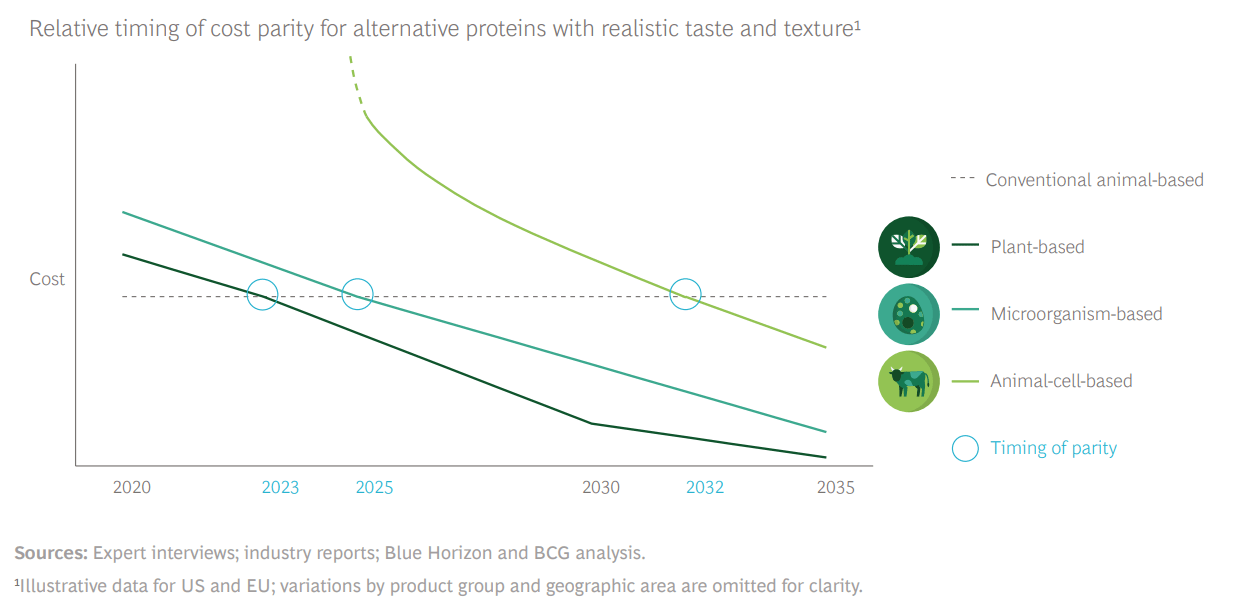
Figure 3: Graph showing projections for relative timing of cost parity for alternative proteins with realistic taste and texture, Boston consulting group, Witte et al. (2021)
Cultured meat
Cultured is produced by growing animal cells in a lab or production facility to make a product that can be identical to traditional meat. The meat is made from animal cells arranged in the same or similar structure as animal tissues, thus potentially replicating the sensory and nutritional content of animal meat. As shown in Figure 4, the process begins with the isolation of animal cells, which are then grown in bioreactors containing a nutrient-rich medium. The cells multiply and differentiate into muscle tissue, which can be harvested and processed into meat products. Cultured meat is also known by many other names such as cultivated meat, lab-grown meat, clean meat, in vitro meat, slaughter-free meat, and synthetic meat.
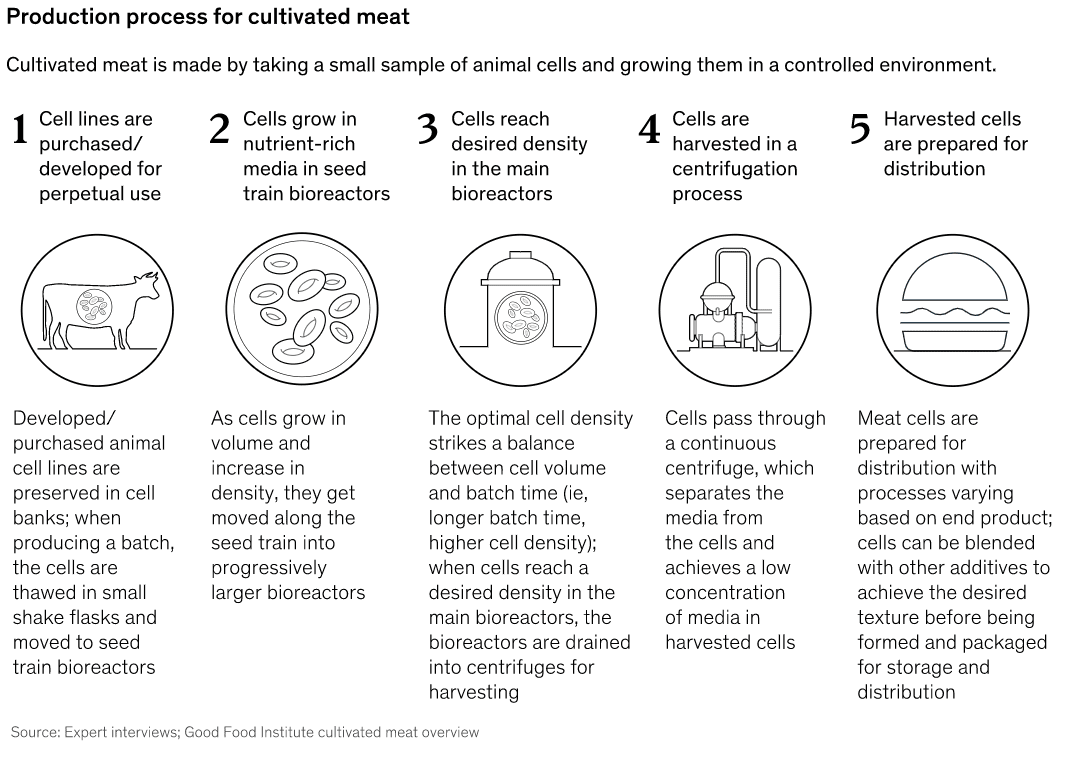
Figure 4: Production process for cultivated meat, McKinsey & Company reports (2021)
This category of alternative protein is very much in its nascency, with no products widely available. If the technical hurdles to create these products at scale are overcome, cultured meat products could become widely available in three to six years. Cost parity with conventional meat is estimated to take a decade or more, although research indicates that many consumers will be willing to pay a premium for cultured meat products. These timelines are dependant on uncertain technological and financial factors and estimates from different sources vary significantly.
Premium meats such as wagyu beef could also be replicated at very little extra cost. Interestingly, better tasting meat than could be found in nature could theoretically be produced. This could be achieved through a combination of known meats such as beef and pork. Through controlling cell cultures, meats with a healthier composition, such as having increased protein or reduced saturated fat, could also be produced.
This category has both the most uncertainty and the highest potential upside, as existing meat products could be perfectly replicated or improved upon. Impactful engineering careers in this category are more likely to be in technological development. Although there is a need for engineers with industrial experience in cultured meat production, the demand for these skills is higher in the more developed fermentation or plant-based product industries.
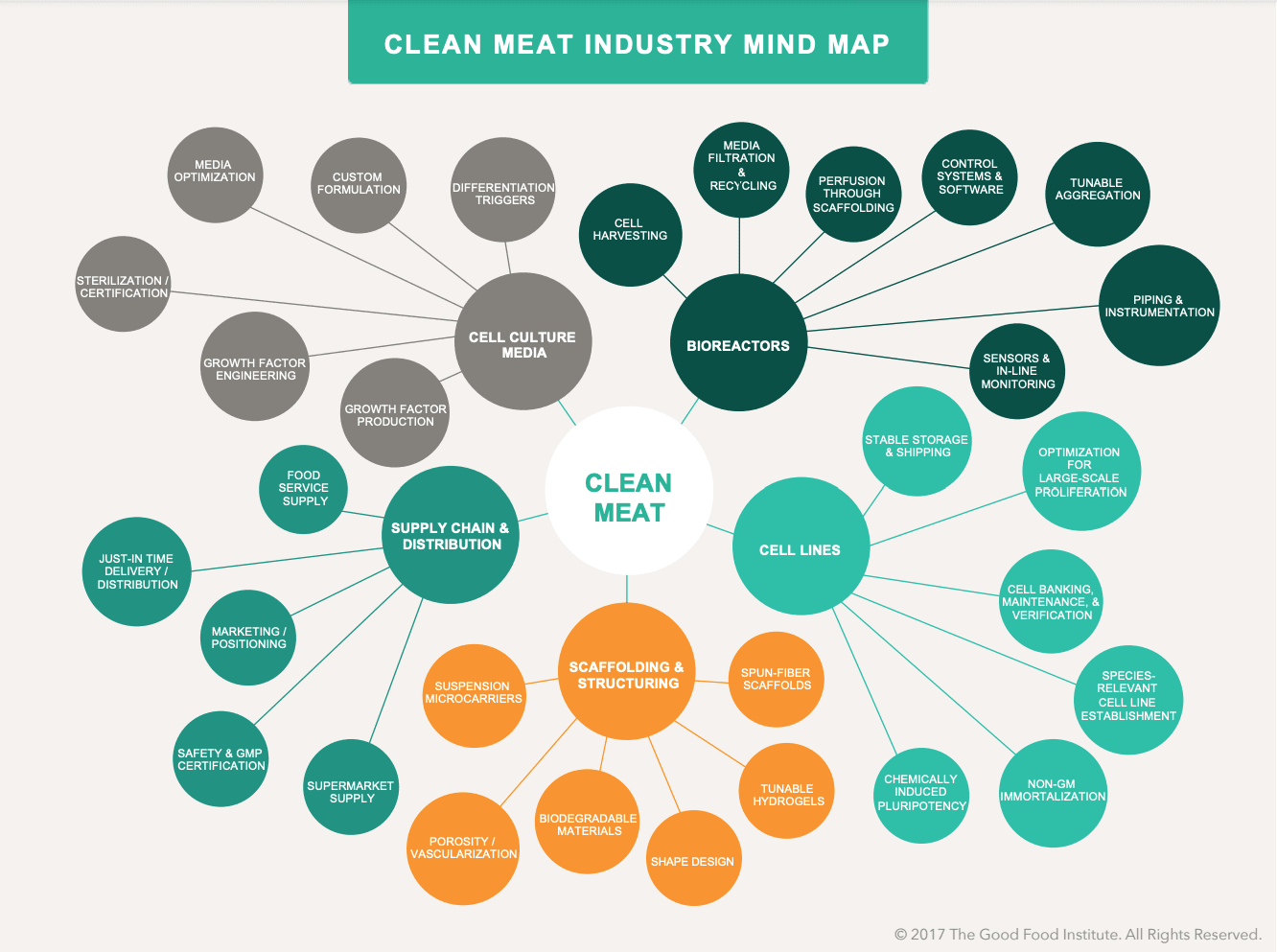
Figure 5: GFI's Mapping Emerging Industries: Opportunities in Clean Meat, Specht et al. (2017)
Fermentation derived products
These products are generated through fermentation, where microorganisms break down inputs to produce food ingredients. These microorganisms include yeast, bacteria, fungi and algae. Genetic modification and genetic editing are widely used to create optimal microorganisms. One of the early alternative protein products, Quorn, uses fungi to create protein through biomass fermentation.
These processes can be used to produce a wide variety of meat alternatives, as well as dairy alternatives that are much more chemically similar to animal milk than would be possible using plants. Cheeses, yoghurts, chocolates and other dairy products could then be created that would be difficult to distinguish from conventionally produced foods.
These techniques may appear to be very cutting edge, but such fermentation processes have been used extensively to create foods such as bread, yoghurt and alcoholic beverages. Today fermentation processes are also used at industrial scales to produce biofuels, nutritional supplements and medication. This wealth of experience within industry is promising when considering the scalability and cost reduction of fermentation based products.
Fermentation techniques carries some of the advantages of plant-based product’s industrial maturity and cultivated meat’s ability to accurately reproduce the sensory qualities of animal products. Engineers with various backgrounds can contribute to this category of alternative protein, as both technological development and industrial scale-up work is ongoing.
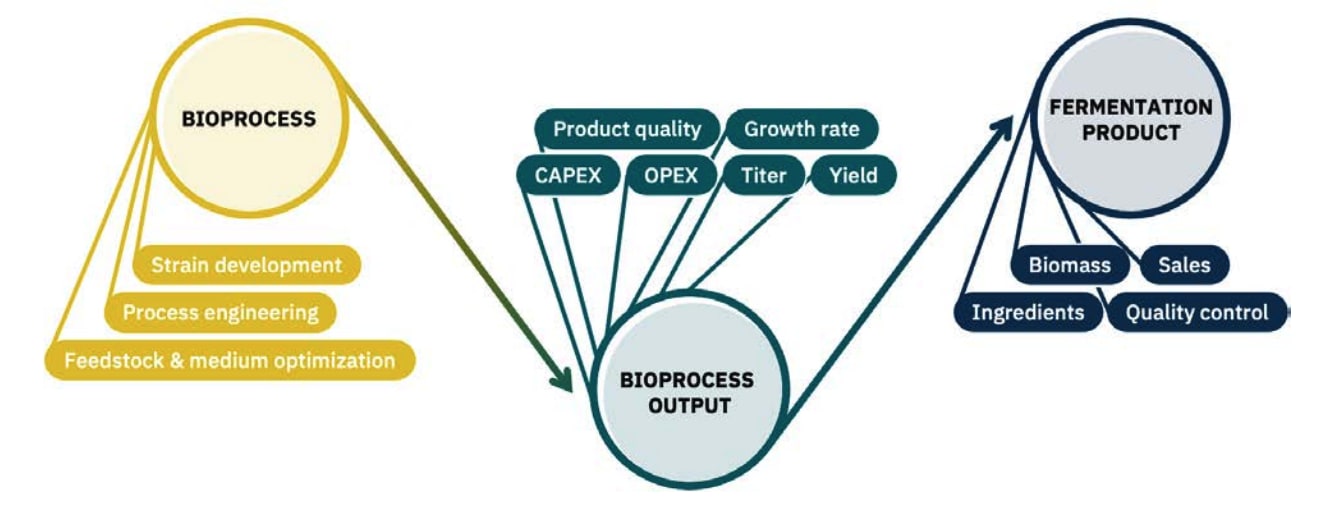
Figure 6: Fermentation process requirements, GFI's 2022 State of the Industry Report on Fermentation
Alternative animal protein
Novel sources of animal protein such as insects and jellyfish are being investigated as potential alternatives to present day products. Despite their novelty in the west, in many parts of the world eating insects is commonplace. There may be opportunities to intensively farm these animals at an unprecedented industrial scale and to process their carcasses into more palatable meals.
Despite renewed research interest, we would not recommend working in this category of alternative protein. The industrial scale of these farms would require a much greater number of animals to die per kilo of protein produced. As there is much uncertainty of the sentience of these animals and their capability to suffer, this could have disastrous ethical implications.
There are early indications that consumer demand for these products may be lower than demand for other alternative proteins. Western consumers report finding the idea of consuming insects off-putting. This may be somewhat justified, as it is difficult to maintain sanitary farming conditions and produce safe food products derived from insects. Research on 300 insect farms detected parasites in 81% of examined farms, and parasites potentially pathogenic for humans in 30% of the farms, which is relatively high for animal farms.
Hybrid products
By mixing techniques, e.g. incorporating cultivated ingredients like fats into plant-based products, “the end product is more likely to match the nutritional profile of its conventional counterpart” (Food Navigator) as well as more closely mimicking the taste of meat and lowering costs. Although hybrid products are gaining traction, the companies interested in creating hybrid products often focus on one particular technique and work with other companies with expertise in another (e.g. ImpacFat, who is looking to work with plant-based meat companies).
How can engineers do impactful work in Alternative Proteins?
Many of the technical roles in the alternative protein industry will have a positive impact in expectation. Some key technical roles may be especially impactful. These are mainly centred around bottlenecks, key technical challenges where an additional engineers could have a large positive impact on the industry.
What are the bottlenecks?
Some of the key processes in the alternative protein industry that are limiting its production capacity include:
New protein extraction equipment in the plant-based protein industry
- Present methods of protein extraction from bulk plant matter is based on methods used in other food production industries, namely twin screw extrusion, and hasn’t seen widespread changes in recent years. New methods such as shear cell extraction and electrospinning have the potential to more efficiently extract protein of equal or greater quality from plant inputs.
- Many of these technologies are in the research and development phase and work on these projects would be impactful in reducing the cost of alternative protein production in expectation.
- Present techniques require many capital and energy intensive extraction and post extraction steps to produce a final product, textured vegetable protein. New protein extraction designs aim to alleviate this by reducing process steps and energy consumption. Adoption of these technologies into industry will also be a difficult task and will require complete redesigns of production systems.
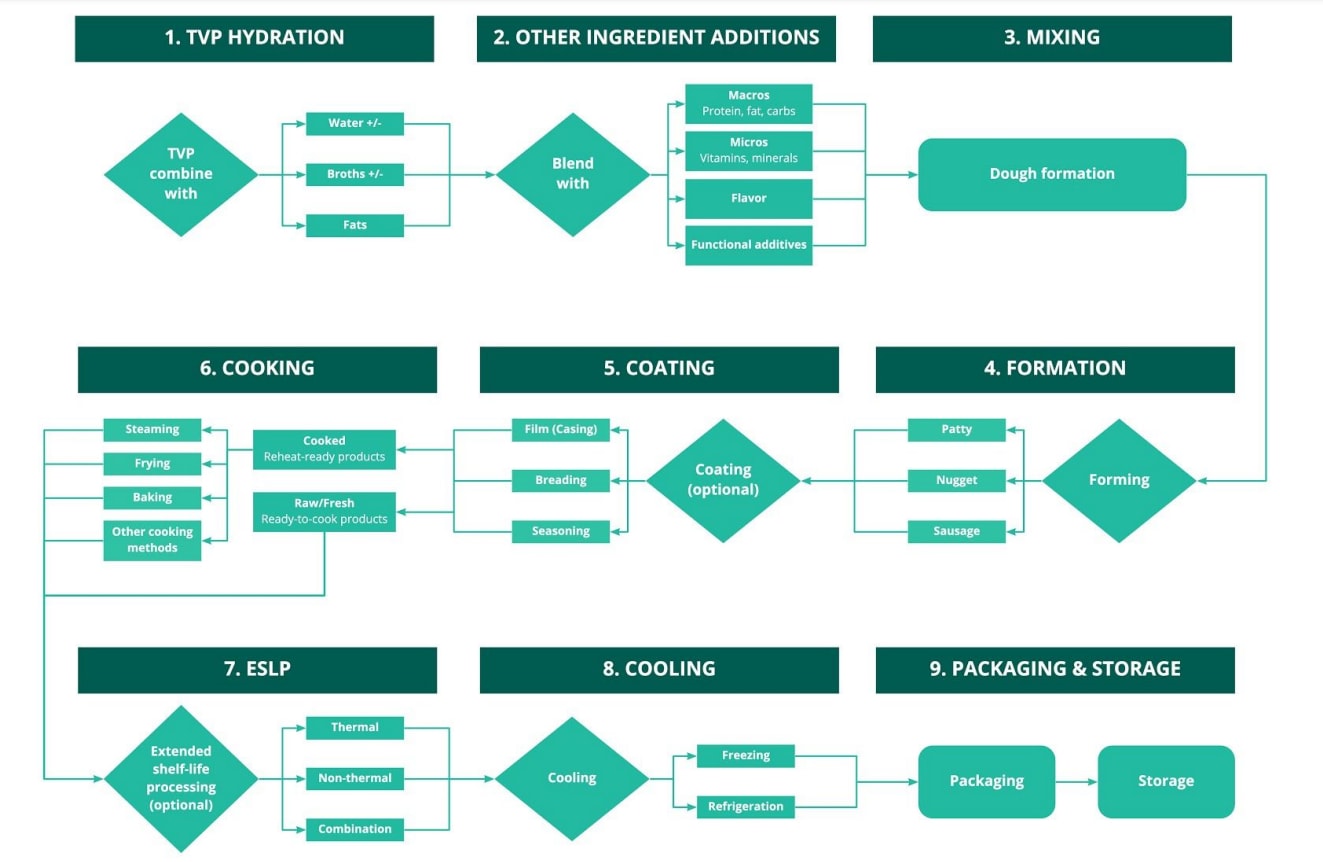
Figure 7: Process flow diagram for restructured meat products from textured vegetable protein, McKinsey & Company reports (2021)
- Engineers with experience in mechanical engineering and processes engineering and would be well positioned to do impactful work here.
New bioreactors in the fermentation and cultured meat industries
- Efficient bioreactors are key to producing both cultured meat and fermentation based products at scale. These huge pieces of equipment are widely used in the pharmaceutical and food production industries, but adapted designs will be needed for these new applications.
- Skills in chemical, mechanical and process engineering are needed in bioreactor design projects. Engineers with a background in bioprocess engineering in the pharmaceutical or other process industries would be especially useful.
- Much of the high-impact work in scaling up the manufacture of cultured meat and fermentation-based products will involve the implementation and production design surrounding bioreactors in manufacturing facilities. This is another area where processes and automation engineers are sorely needed.
Repurposing existing production facilities
- Scaling alternative protein production is expensive and time-consuming due to the design and construction of new facilities. However, repurposing existing underutilized facilities, such as decommissioned ethanol or animal protein processing plants, could reduce costs and time. Identifying suitable facilities for repurposing is challenging for individual alternative protein companies as facility details are not shared externally. Engineers with the prerequisite industrial experience to identify existing production capacity that could be repurposed would be extremely valuable.
- Existing alternative protein companies are currently pursuing this approach. There are also trends in industry to find alternative uses for underutilised facilities and process by-products such as high protein animal feed.
- This approach is most apparent in fermentation-based products, where a there is a large industrial capacity and existing facilities. There is potential for this approach to be taken in plant-based products as new equipment and supply chains are developed, or opportunities may arise in cultivated meat as it becomes more mature.
- Bioprocess, automation, chemical and biomedical engineers, with a background in food or pharmaceutical production and supply chains, may be the best suited to this work.
Ensuring sterility of equipment and facilities
- While sanitary conditions are needed for in all food production, this bottleneck is most relevant for producing cultivated meat. Contamination can be disastrous for cell cultures and this becomes a more prevalent issue in large scale production where ensuring sterility is complex and expensive.
- Work to mitigate this contamination would include cleanroom design, HVAC system design, implementation of sterilisation equipment into production and development of new sterilisation technology such as UV-based methods.
- Fermentation-based products are less vulnerable to contamination and mitigation measures are better established in this industry. However maintaining sterility of key equipment is still crucial in this industry and work here would still be valuable.
- Biomedical, chemical and mechanical engineers would be well suited to working on these problems. Cleanroom or lab design experience would be especially useful here.
Foundational cultured meat research and development
- Cultured meat products are the furthest from commercial viability and will require foundational engineering research before they can be produced at a large scale. As the potential benefits of cultured meat are high, engineering research which would bring cultured meat closer to mass production can be expected to be highly impactful.
- A few examples of the many research topics includes: developing cell scaffolding, tissue structuring, cell growth factor optimization and identifying valuable cell metabolism by-products.
- Engineers with experience or interest in biomedical engineering or tissue engineering would be especially suited to these roles. Impactful research roles in this area are available in both industrial and academic settings.
Engineers working on any of these bottlenecks can expect to contribute significantly to the advancement of alternative protein. There are plenty more bottlenecks in the industry, many of which are detailed on the Good Food Institute website and in their post on technical talent. This very detailed career guide for ending factory farming is also a great resource on the broader range of roles in the field.

Figure 8: Good Food Institute survey of alternative protein startups (2022).
Surveys of alternative protein companies indicate technical professionals from a wide range of backgrounds are needed. This is encouraging for engineers trying to find work in the field who may not be well positioned to tackle some of the industry bottlenecks mentioned above. Alternative protein is a burgeoning industry which has the capacity to absorb many more impact driven people than some of our other Cause Areas and the demand for workers is set to grow in the coming years.
Risks, pitfalls, and things to keep in mind
Working on niche and novelty alternative protein products such as oyster, caviar and quail analogues should be avoided for the time being when trying to maximise impact by growing the share of alternative protein in the market. Since such animal products are seldom consumed, their alternative counterparts are unlikely to replace large amounts of animal product consumption. Their niche nature means that they are likely to remain luxury products, and are unlikely to benefit from the economies of scale that comes with mass consumption.
As detailed in the relevant section above, work on alternative animal proteins such as insects should also be avoided. This is chiefly due to ethical (and commercial viability) concerns.
Landing a job in alternative proteins
Tälist has the most comprehensive alternative protein job board that we know of and also runs a LinkedIn group for those looking for a career in the industry. You can find a list of other alternative protein job boards here.
A more proactive way to find a job in the alternative protein industry is to reach out to start-ups. Often start-ups have little budget for recruitment, so making yourself visible by asking for an informational interview is a good strategy. The GFI database of alternative protein companies and proteindirectory.com are good places to find suitable companies. Available roles at these companies can then be found on the startup’s website or a large job search site (LinkedIn, Indeed etc.) — keep in mind that these companies may have talent needs that aren’t listed, so reaching out to understand their needs could help you land a role.
If you find you don’t have the appropriate qualifications for the roles presently available in the alternative protein industry, you cold take some steps to better position yourself for future roles. This would include learning more about the industry, taking on roles adjacent to the industry (perhaps in bioprocess engineering etc), networking with people in the industry and volunteering in alternative protein related organisations. A more comprehensive guide to these steps is available here. You may also find you are well qualified for one of our other Cause Areas and would have a greater impact working on one of these.
We are grateful to Jeffray Behr and Pia Voltz for their input and feedback. Any remaining mistakes are our own.